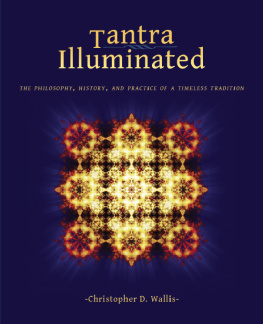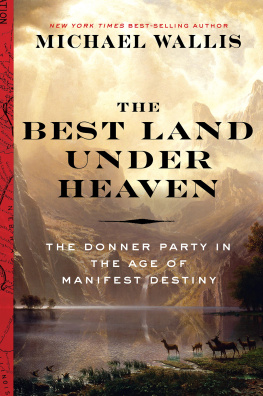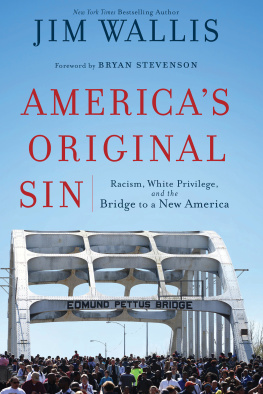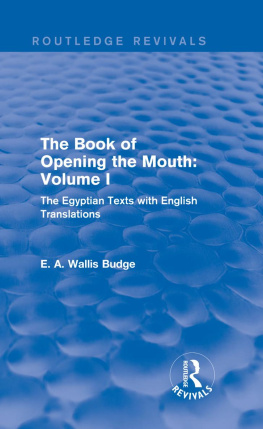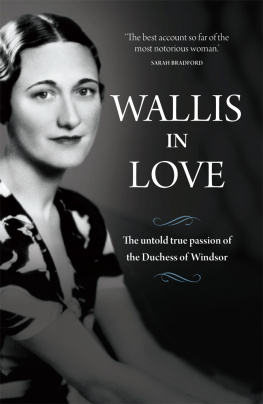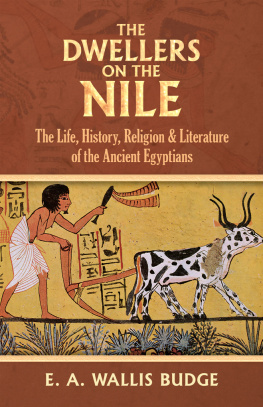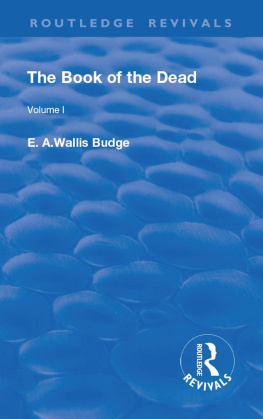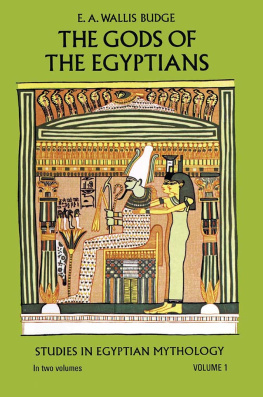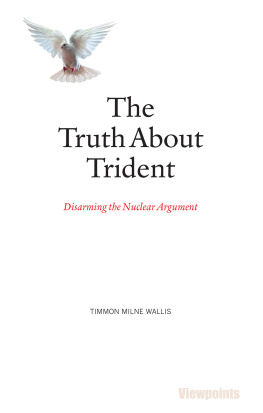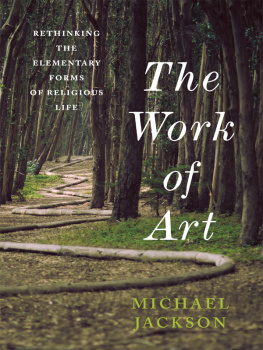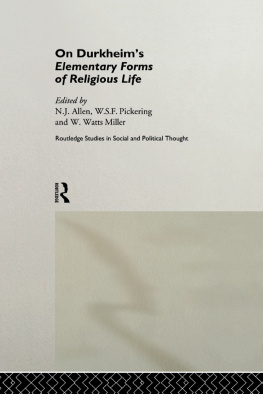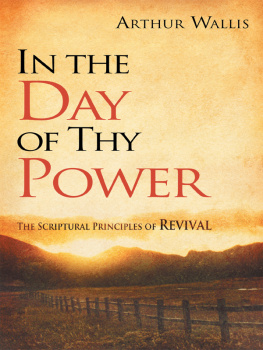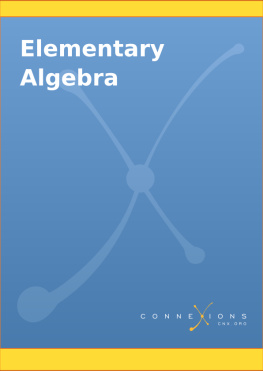Wallis - The Elementary Forms of the New Religious Life
Here you can read online Wallis - The Elementary Forms of the New Religious Life full text of the book (entire story) in english for free. Download pdf and epub, get meaning, cover and reviews about this ebook. year: 1984, publisher: Taylor & Francis (CAM), genre: Religion. Description of the work, (preface) as well as reviews are available. Best literature library LitArk.com created for fans of good reading and offers a wide selection of genres:
Romance novel
Science fiction
Adventure
Detective
Science
History
Home and family
Prose
Art
Politics
Computer
Non-fiction
Religion
Business
Children
Humor
Choose a favorite category and find really read worthwhile books. Enjoy immersion in the world of imagination, feel the emotions of the characters or learn something new for yourself, make an fascinating discovery.
The Elementary Forms of the New Religious Life: summary, description and annotation
We offer to read an annotation, description, summary or preface (depends on what the author of the book "The Elementary Forms of the New Religious Life" wrote himself). If you haven't found the necessary information about the book — write in the comments, we will try to find it.
The Elementary Forms of the New Religious Life — read online for free the complete book (whole text) full work
Below is the text of the book, divided by pages. System saving the place of the last page read, allows you to conveniently read the book "The Elementary Forms of the New Religious Life" online for free, without having to search again every time where you left off. Put a bookmark, and you can go to the page where you finished reading at any time.
Font size:
Interval:
Bookmark:



teacher and friend
This book started life in 1977, when I began preparing an inaugural lecture on my appointment to the Chair of Sociology in The Queens University of Belfast. Queens took a considerable gamble in appointing a young (I have aged far more than five years since) and quite inexperienced lecturer to their vacant Chair. Whether that gamble paid off only they can judge. For my part, however, it should be said that I was honoured by the trust reposed in me by their decision, and that I have found Queens to be a civilised and enlightened island within a sea of dogmatic intolerance, a sea which may at present lap the coasts of Ulster more fiercely than elsewhere in the British Isles, but whose tides ebb and flow far further afield. The Queens University has been an environment congenial to scholarly endeavour, even in such exotic fields as those which have informed this book. I am grateful to it for its support of this research through many small grants and other facilities.
My interest in the new religions has persisted over some twelve years now, during which time I have conducted detailed studies of Scientology, the Children of God, the Human Potential Movement, and currently the movement of Bhagwan Shree Rajneesh, while maintaining a watching brief over the field generally, and mounting small expeditions to outposts of a great many of the movements referred to in the following pages. This is a controversial area for research. The Church of Scientology has been only one of the critics of my methods and integrity. While they have found my work biased against them, opponents of the Children of God and the Unification Church have found other grounds for objection. For some, my very willingness to engage with these groups, and to give them an open-minded hearing, has seemed reprehensible. In research of this kind, to be construed as biased by both sides is probably the only sure sign that one is getting it about right.
My studies over the years have been greatly assisted by grants from the Social Science Research Council, the British Academy, The Leverhulme Trust and the Nuffield Foundation. I wish to express my warm appreciation for these subventions, without which my research would not have been possible.
I have discussed many of the ideas in this book with Dr Steve Bruce, with whom parts of chapter four were formulated in Wallis and Bruce (1983). His willingness to drop everything and listen to a new conceptualisation has often sustained me. Other parts of this volume have had preliminary formulations in Wallis (1979b, 1982a, 1982c, and forthcoming). Dr Bryan Wilson, to whom this work is dedicated, has commented upon it in draft, and I wish to record my appreciation of his many kindnesses over the years.
Mrs Brenda Harkess and Mrs Evelyn Hunter have typed and retyped various efforts at creating and improving the text, and the final version was the joint product of Christine Clegg, Margaret Drumm, Helen McAllister, Gillian Ellis and Nicola Shearer to whom, with Miss Angela Smartt and Mrs Lorna Goldstrom who supervise the endeavours of the university Typing Centre, I am grateful for their efforts on my behalf and their unfailing good humour. My wife and children kept me sane.
This essay presents a framework for conceptualising the new religious movements which have emerged in the West in the post-second world war period, particularly the extremely diverse range of movements which became prominent in the 1960s. This conceptualisation elaborates a logical trichotomy into three analytical types, and from this develops a theory of the origins, recruitment bases, characteristics, and developmental patterns which they display. Although some of the movements have been widely publicised, even attaining a certain notoriety through mass media treatment, for example: Scientology, Krishna Consciousness, the Unification Church, and the Manson Family; others such as The Process, Meher Baba, and 3-HO, are much less well known. While some became international, others remain small, local entities, or have already virtually disappeared. In multitudinous other ways too - style, ritual, belief, organisation, and so on - they exhibit enormous diversity.
Font size:
Interval:
Bookmark:
Similar books «The Elementary Forms of the New Religious Life»
Look at similar books to The Elementary Forms of the New Religious Life. We have selected literature similar in name and meaning in the hope of providing readers with more options to find new, interesting, not yet read works.
Discussion, reviews of the book The Elementary Forms of the New Religious Life and just readers' own opinions. Leave your comments, write what you think about the work, its meaning or the main characters. Specify what exactly you liked and what you didn't like, and why you think so.


